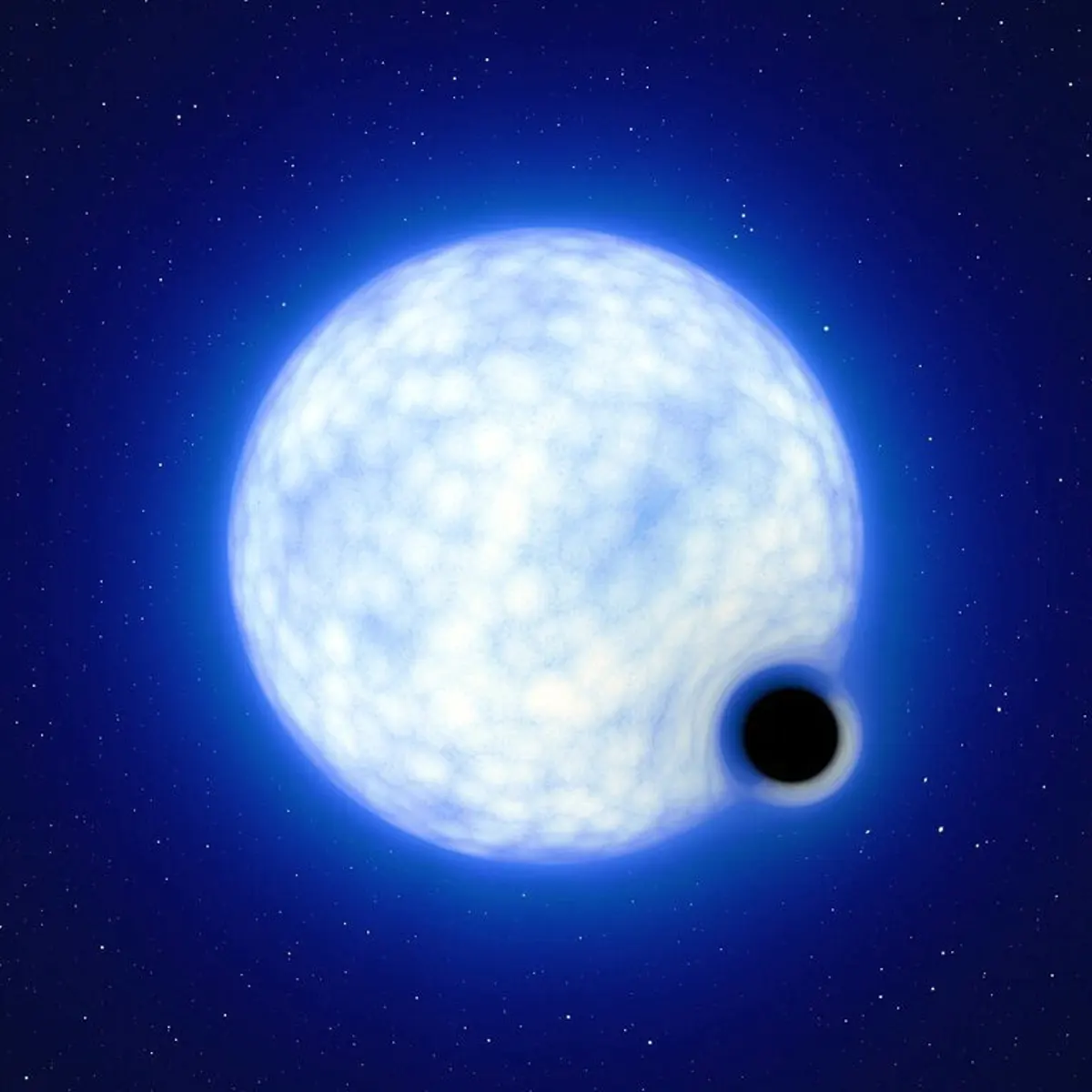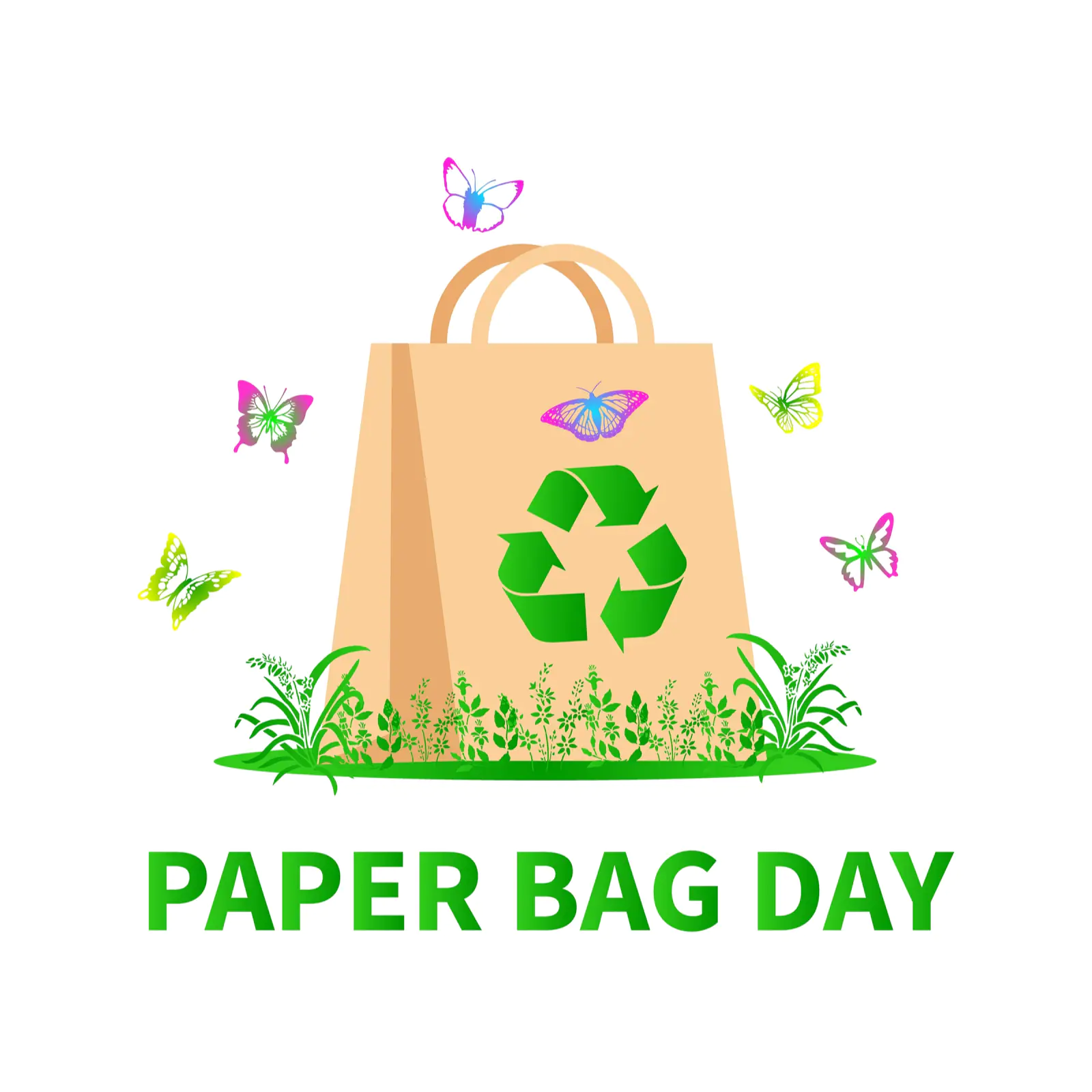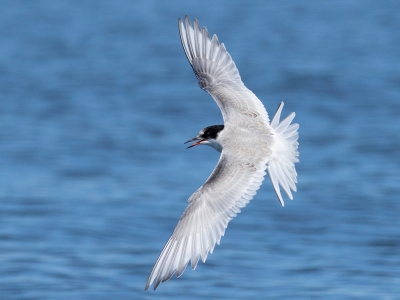
Beaches are much more than just recreation – they are integral to the ecosystem and for livelihood. There is thus, a need to preserve them.
Beaches are amazing wonders of nature. But they are not just spaces for recreational activities. They support an incredible diversity of marine life and the livelihood of fisherfolk. They act as a natural barrier between the land and the sea protecting coastal areas from large waves during a storm. Without this barrier, coastal land would be infertile, courtesy, the sea’s salty water.
India has a long coastline of over 7,500 km which includes both sides of the Indian peninsula and the islands. But, did you know that at many places along the coast, the sandy shoreline has been disappearing slowly? As much as 33 per cent of the coastline has been lost in 26 years between 1990 and 2016 alone. This phenomenon, known as coastal erosion is natural and human-induced.
Coasts undergo constant changes due to natural factors, such as rivers flowing into the sea, sediment deposition, tides, storms, tsunamis and more. However, it is human activity that has put our beaches in peril today.
Threatened existence
A beach is formed when a river deposits large amounts of sediment as it drains into the sea. Dams, built along the course of rivers, have disturbed this natural flow of sediment to the coast. Many ports and fishing harbours dotting the coastline have changed the natural pattern of sand distribution along the coast. Sediments have to be removed from time-to-time to maintain ports. But, they are rarely ever replenished, leading to beach erosion.
Rampant sand mining is a huge contributor to coastal erosion. Sand is a common raw material for construction activities, and its growing demand has spawned sand mafias, which routinely take away truckloads of sand from beaches. Then, mangrove forests hemming the shoreline, that bind the sand together and prevent erosion, are being destroyed for building homes factories, and for commercial activities like aquaculture.
Global warming, over the past several decades, has caused glaciers to melt, leading to a rise in sea levels. Rising seas have been slowly engulfing coastal areas. Due to the rapidly warming Indian Ocean, cyclones are increasing in number and intensity on India’s east and west coasts. Severe cyclones cause changes to the coastal geography. Added to this are many illegal constructions that have encroached upon the coastline despite a ban. This has not only endangered coastal ecosystems but also caused large-scale beach erosion.
In the past two decades, the sea has swallowed up large stretches of our coastline, destroying hundreds of homes and forcing families into temporary shelters. With no beach to stop the sea from flooding villages and towns, the govemment built high stone walls to keep the waves at bay. But sea walls seem to have caused more harm than good.
Erosion during the monsoon is natural, but after the rains, the beach gets restored as the sediments that are washed away are returned to the beach But stone walls block this natural movement of sand. They also redirect the waves and cause another area along the coast to erode. Moreover, sea walls block the easy access of fishermen to the sea. In Kerala, over 65 per cent of the coast is now lined with stone walls instead of sand.
Beach restoration
Until 1989, Puducherry had a beautiful beach drawing thousands of tourists each year. It began to erode soon after the construction of a harbour, and disappeared completely within a few years. After unsuccessful attempts to contain the sea with stone walls, Puducherry finally adopted a sustainable plan to restore the beach. A triangular-shaped artificial reef, submerged into the sea, has been able to partially restore it within a year.
Odisha has installed geotextile tubes at Pentha, a small coastal hamlet in Kendrapara district. These tubes acted as an effective barrier and protected the coast during the cyclones that battered the state in the last decade. The beach has been restored here as well.
Picture Credit : Google






